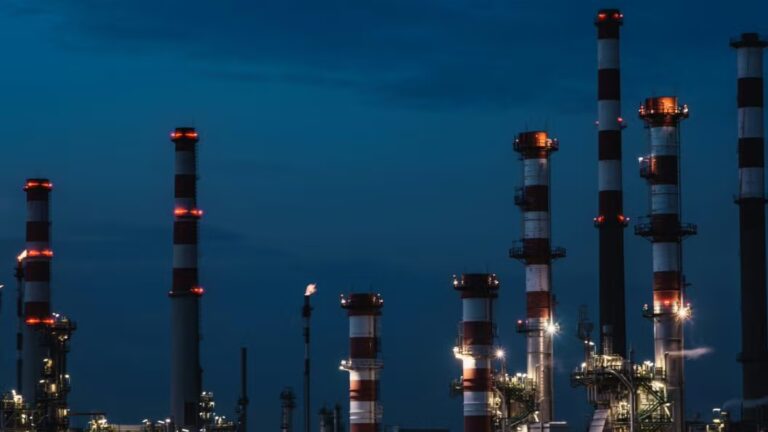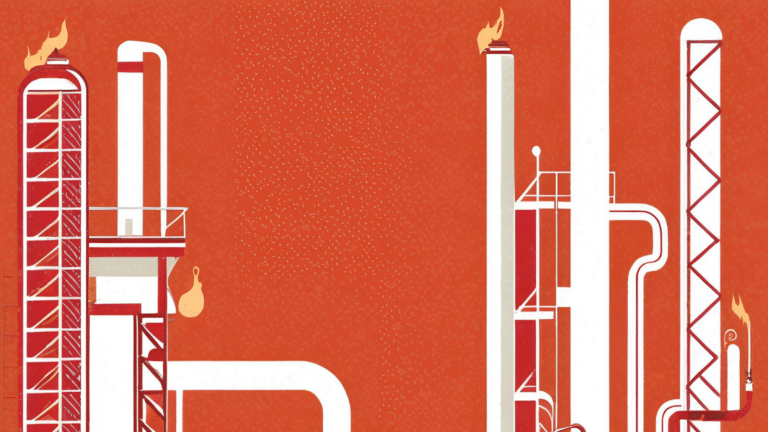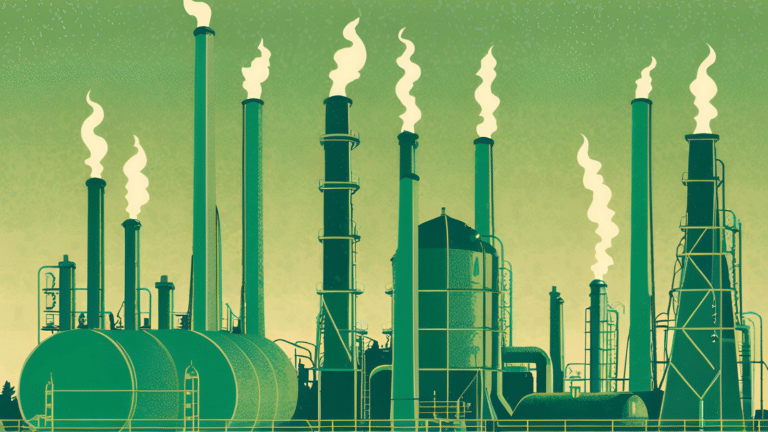This Q&A represents the research and views of the author. It does not necessarily represent the views of the Center on Global Energy Policy. The piece may be subject to further revision. Contributions to SIPA for the benefit of CGEP are general use gifts, which gives the Center discretion in how it allocates these funds. More information is available at https://energypolicy. columbia.edu/about/partners. Rare cases of sponsored projects are clearly indicated.
In its August 2022 meeting, the Organization of the Petroleum Exporting Countries (OPEC) and 10 other oil exporters, collectively known as OPEC+, announced a 100,000 barrels per day (b/d) increase to the production target for the whole group for the month of September 2022. This increase is a sharp reduction from OPEC+’s addition of nearly 650,000 b/d in the months of July and August,[1] and the smallest since the group started to unwind the historic production cuts it adopted in April 2020. Moreover, in the press release for the meeting, the group referenced for the first time in its history a lack of spare capacity, which contrasts with its previous assurances that markets were well balanced and high prices the result of “geopolitical factors and issues related to the ongoing pandemic,”[2] and raises questions about its ability to bring significantly larger volumes to market. Such a small increase in supply will likely do little to achieve the goal of controlling prices, especially if demand continues to grow strongly.[3]
In this Q&A, senior research scholar Dr. Kaushik Deb and adjunct research scholar Abhiram Rajendran discuss questions the announcement raises regarding spare production capacity among OPEC+ members and the possibility of demand falling amid macroeconomic headwind.
What do OPEC+ production targets tell us about actual output?
OPEC+’s actual production has consistently lagged behind its target production since it started to unwind the previously adopted production cuts in August 2021, and the gap between these two measures has been consistently rising since October 2021. The shortfall in July 2022 was reported to be 2.8 million b/d (out of total expected production of nearly 41.5 million b/d), or nearly 3 percent of global oil demand.[4] These trends signal serious production constraints among member states.
Such constraints are due to a combination of geopolitical factors and underinvestment in the upstream sector. The United States, the United Kingdom, Australia, and Canada have announced sanctions against Russian oil imports, and Russia is expected to be hit by EU sanctions in the next eight months.[5] Meanwhile, Iran is facing its own sanctions, notably from the US and the EU. Production in numerous member countries in Africa and Central Asia appears to be in structural decline due to underinvestment.[6] With numerous OPEC+ members restrained from increasing production, all of the spare capacity in the group is in just two countries: Saudi Arabia and the United Arab Emirates. The readily available spare capacity for these two countries is reported to be in the range of 0.4–1 million b/d.[7] Saudi Aramco had noted as recently as May 2022 that the world’s spare capacity was at best 2 percent of total production.[8]
Thus, it would appear that OPEC+ will continue to struggle even to keep up with its currently announced plans to increase production by 100,000 b/d, let alone increase supply further to meet any shortfalls elsewhere. Announcing an even larger target, seemingly without the means to achieve it, would only further affect the credibility of OPEC+ by increasing the gap between production targets and actual output.
Could the possibility of a global recession have been a factor in OPEC+’s production decision?
Growing dark clouds over the global economy could have influenced decision making at OPEC+, as it has for oil markets generally. As the US debates whether a recession is imminent, its economy is being weighed down by lower output and high prices.[9] European and UK economic prospects are rapidly deteriorating as we head into winter and early next year, especially for countries such as Germany that are more dependent on Russian natural gas imports.[10] China’s “zero-Covid” policy and its real estate and other domestic economic risks have dampened the country’s growth forecasts.[11]
OPEC+ has consistently voiced its concerns regarding resilience in demand recovery, arguing that the market remained “balanced” despite the high oil prices through the first half of 2022.[12] With the threat of a recession becoming more real, the group is expected to exercise caution in increasing production going forward. The high price environment has provided an opportunity for member countries to offset the fiscal blows of COVID, and maintaining prices at close to current levels is likely to be a priority.[13] A small increase in production as announced by OPEC+ insulates its members from a recession by reducing downside risks to prices.
Are there other risks to oil markets that OPEC+ and other producers are likely considering when setting production targets?
Other policy dynamics that will stress supply in the coming months include the planned end to sales from the US Strategic Petroleum Reserve after October,[14] EU sanctions on Russian crude oil set to be in place by the end of this year, and high natural gas and coal prices, which are likely to increase the demand for oil for power generation.[15] All of these are upside risks to prices, and likely to be on the radar when OPEC+ meets in September.
Notes






